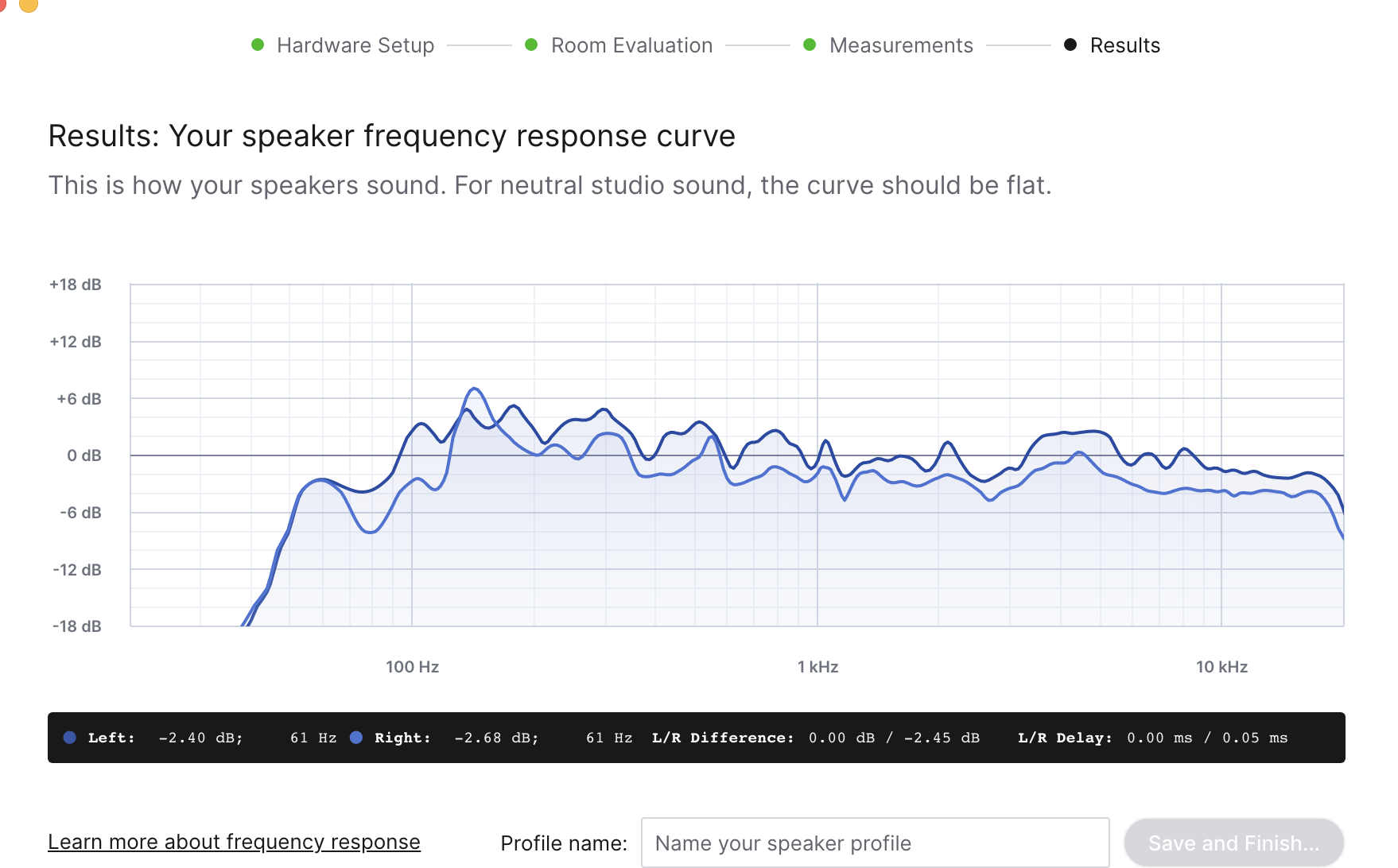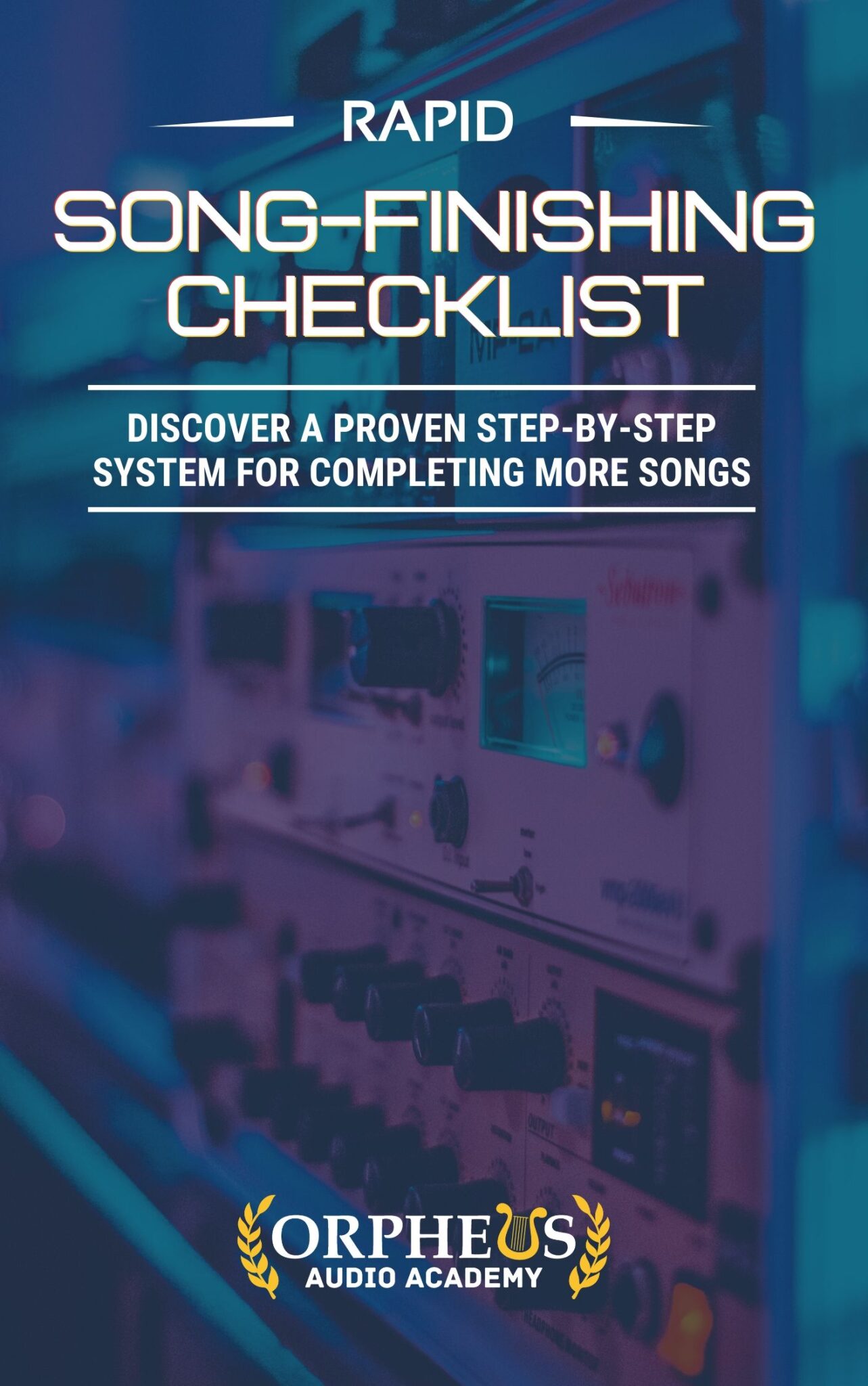There are so many studio monitors out there that it can be difficult deciding what to buy.
Also, just getting the "best" pair of monitors for your budget isn't always the best idea because your studio environment and size will dictate how effective your monitors are.
So if you're mixing music in a small home or project studio...
The best studio monitors for a small room are IK Multimedia's iLoud Micro Monitors. The iLouds provide you with zero coloration and a linear frequency response packed into the smallest active studio reference monitoring system in the world. They are especially great in home studios.
Complete Home Studio Gear Guide For Any Budget!
Click below to check out my free complete guide on the best gear for a home studio at any price range. This guide covers microphones, audio interfaces, monitors, headphones, DAWS, and more.
Does Room Size Matter For Studio Monitors?
Room size absolutely matters for studio monitors. Smaller rooms simply aren't large enough to allow bass frequencies to fully develop, so putting a subwoofer in a small room is going to lead to sonic inaccuracies. Choosing the right-sized monitor is key for a small room.
Introducing too much low frequency energy into your room will skew with your perception, and harm your ability to make decisions about how much low end is appropriate for your mix.
You can reduce these bass issues with acoustic treatment and adding bass traps to your room, but it's just a mathematical reality that the size of your room will be a limiting factor.
This why buying the "biggest and baddest" pair of studio monitors might actually harm your mixing environment.
What size studio monitors for a small room?
If you are mixing in a smaller room, you are going to want smaller monitors so that you can accurately hear what you're mixing.
Therefore, it's a good idea to stay within the 3-inch to 6.5-inch monitors.
Best Studio Monitors For A Small Room?
IK Multimedia iLoud Micro Monitors
Linear frequency response. Zero coloration. Transparency. Headroom. With iLoud Micro Monitor, you will hear the truth in your music no matter whether you’re mixing in your bedroom, mastering in a small studio or just listening to your favorite tunes at home.
Quality
These monitors produce absolutely beautiful, ultra-accurate, true linear frequency response with no coloration, and is designed specifically for home studios
Size
The perfect size for small rooms and desks, and their small size also gives them great portability. Bluetooth connectivity makes them great listening speakers as well.
Cost
Not the cheapest studio monitors, but considering the quality you're receiving, these are extremely affordable monitors.
Pros
I've used a couple of different studio monitors in my home studio, and I've found that IK Multimedia's iLouds are the best.
Most home studios offer less than ideal space when working on audio and often resemble just a desk with a computer and speakers beside it placed against a wall.
Most speakers are not designed for these small environments and sound boomy and undefined.
This was my experience when I was using KRK Rokkit 5s in my studio before switching to the iLouds.
iLoud Micro Monitors have been designed to be the best possible reference monitor in these challenging “small room” situations.
iLoud Micro Monitor’s small footprint saves space on your desktop and ensures closer placement to your ears thus minimizing room reflections.
This makes the iLouds great for rooms with limited acoustic treatment as well.
Plus, its internal DSP offers various EQ settings for optimizing bass and treble response as well as position compensation — this lets you switch between a "free field” and “desktop” setup effortlessly.
You can also position iLoud Micro Monitor at two angles of inclination thanks to the integrated isolation base that guarantees further mechanical de-coupling and purer sound.
With these features you can optimize your listening experience to suit the characteristics of the room you’re working in, therefore always ensuring that you’re working in the audio the sweet spot.
Cons

After taking my own measurements in my studio, I found that there is a significant drop off in bass response at around 80z, but this is more so due to the fact that my room doesn't have any acoustic treatment.
The bass frequencies that are produced by these speakers are simply penetrating through the walls of my room, and therefore, aren't as present.
Because of the physics behind sound waves and bass frequencies, this is just going to be your reality when mixing in a small room with no acoustic treatment.
So when mixing, just keep in mind there is going to be more bass in your mix than you think there is.
You can use tools like iZotope's Tonal Balance Control to make sure you're in a safe range as far as frequency content for your genre of music...
Or you can use something like Sonarworks SoundID reference or IK Multimedia's ARC System to EQ your room so that you are hearing a more accurate picture when you're mixing.
But even without these extra tools, you're still going to be getting the most accurate picture you can hope to get from monitors in a small untreated room.
Best Home Studio Monitors
Because of their linear frequency response and compact design, the IK Multimedia iLoud Micro Monitors are the best monitors to get for beginners or small home studio environments.
Once you have your monitors set up in your room, you're ready to start mixing.
If you want a proven step-by-step system you can follow you can start pumping out consistently great mixes each and every time...
And finish more songs, faster...

Create Better Songs, Faster
Click below to download my free song-finishing checklist to help you create radio-ready songs without taking months to complete them.
This checklist will walk you through a proven step-by-step mixing and mastering process so that you don't ever have to guess or wonder what to do next.
You'll know exactly what to do, and when, so you can quickly mix, master, and finish more tracks.
I hope you found this post valuable on the best studio monitors for beginners and small rooms.
If so, feel free to share, and let me know in the comments below…

